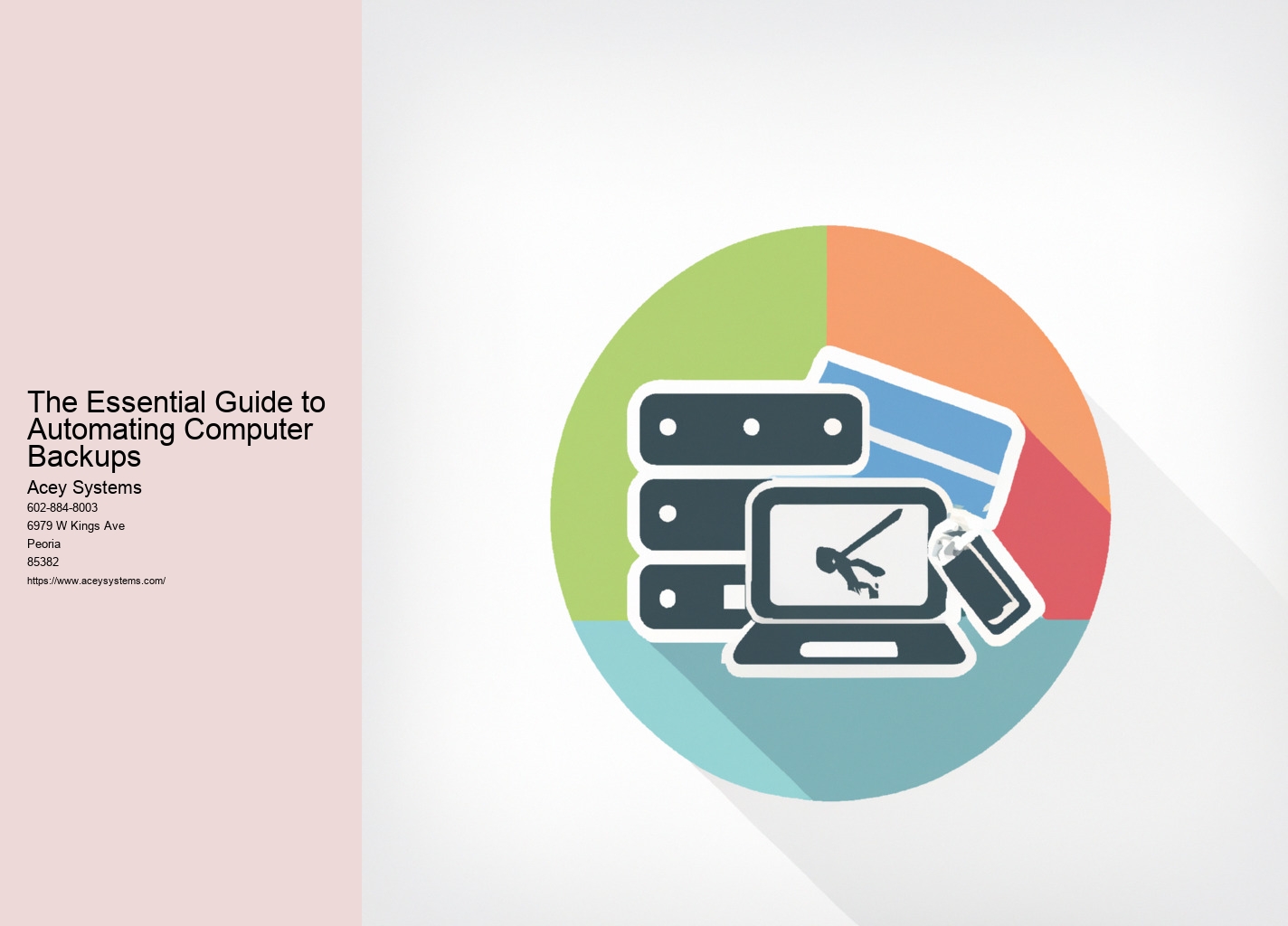In an increasingly digital world, safeguarding your valuable data is paramount. backup services . The Essential Guide to Automating Computer Backups serves as your trusted companion, offering a comprehensive and informative resource for protecting your files with utmost efficiency.
This article explores the importance of automated backups, guides you in selecting the most suitable backup method, and provides a step-by-step approach to seamlessly setting up automated backups.
Join us as we empower you with the tools to preserve your digital assets and serve you in your quest for data security.
The Importance of Automated Backups
Automated backups are crucial for ensuring the safety and security of your important data. With the increasing reliance on digital information, it is essential to have a system in place that can protect your data from loss or corruption.
Automated backups provide a reliable solution by regularly creating copies of your files and storing them in a secure location. By automating this process, you eliminate the risk of human error and ensure that your data is backed up consistently.
This is especially important for businesses that deal with sensitive customer information or rely heavily on data for their operations. In the event of a system failure or data breach, automated backups can help to restore your files quickly and minimize downtime.
Choosing the Right Backup Method
When selecting a backup method, it is important to consider the specific needs and requirements of your data storage and recovery process. Here are three key factors to consider:
Data Size: Determine the amount of data you need to backup. This will help you choose a backup method that can handle the storage capacity required.
Recovery Time: Consider how quickly you need to recover your data in the event of a failure. Some backup methods offer faster recovery times, while others may take longer to restore your data.
Security: Evaluate the level of security offered by different backup methods. Look for encryption options and data privacy features to ensure your sensitive information is protected.
Step-by-Step Guide to Setting Up Automated Backups
Creating a schedule and selecting the appropriate backup software are crucial steps in ensuring the seamless implementation of automated backups for your computer.
The first step is to determine how often you want your backups to occur. Consider factors such as the amount of data you generate and the importance of the information.
Once you have established a schedule, it's time to choose the right backup software. Look for software that offers features such as automatic backups, incremental backups, and encryption for added security. Popular options include Carbonite, Backblaze, and Acronis True Image.
After selecting the software, install it on your computer and follow the setup wizard to configure the backup settings.
Remember to choose a reliable storage destination, such as an external hard drive or cloud storage service, to store your backups securely.
